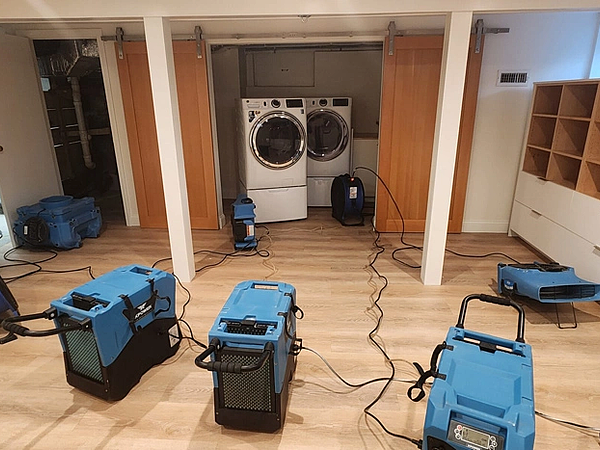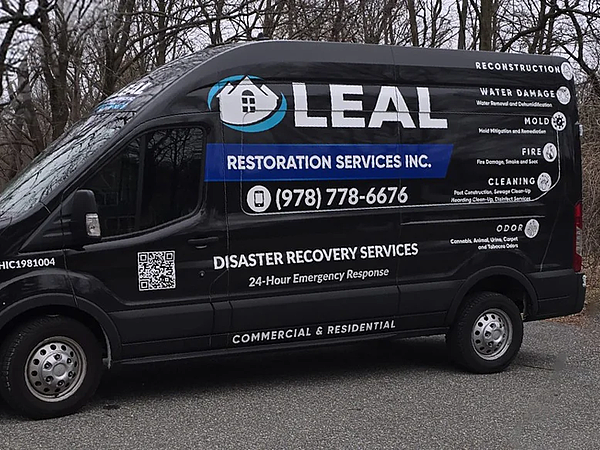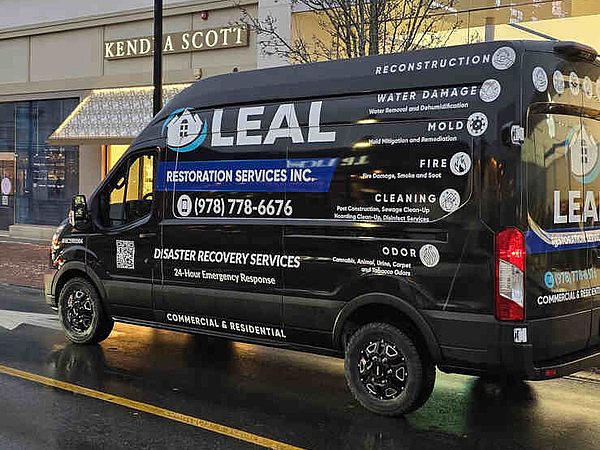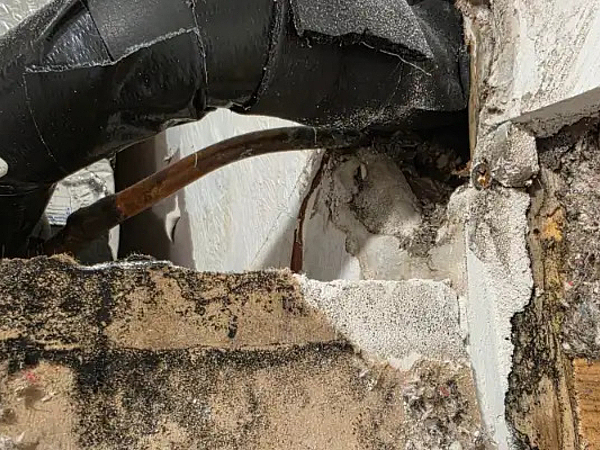How Mold Can Affect the Air You Breathe in Massachusetts Homes
Mold doesn’t wait for a disaster. It’s already in the air, moving from room to room in Massachusetts homes. You’ll find it in basements, behind walls, and under carpets, anywhere that stays damp. It’s not just a surface problem. Mold fills the air, and you breathe it in every day, whether you notice it or not.

- Spores drift in from outside, clinging to shoes, pets, and clothing
- HVAC systems pull them through vents and ducts, spreading them further
- Bathrooms, kitchens, and basements offer perfect breeding grounds
- Older homes with poor ventilation trap these particles inside
- Massachusetts’ damp climate keeps the cycle going year-round
Every time you open a window or run a fan, more spores enter. They don’t need much, just a little moisture and a dark corner. Without air quality management, these invaders multiply fast. The result: air that feels stale, musty, and sometimes even hard to breathe.
Health Problems Start With the Air
Long-term exposure brings more than discomfort. Mold spores irritate airways and trigger inflammation. Asthma attacks become more frequent. Chronic sinus infections set in. Even healthy adults start to feel run down after weeks in a moldy home. The body never gets a break from the constant assault.
- Children develop persistent coughs and congestion
- Elderly residents struggle with shortness of breath
- Allergy sufferers face year-round symptoms, not just in spring
- Fatigue and headaches become common, even after a full night’s sleep
These aren’t rare cases. Our emergency response team sees families forced out of their homes, unable to recover until the air is clean again. Mold doesn’t just make you sick—it disrupts your life.
HVAC Systems Spread Mold Fast
Think your heating and cooling system keeps you safe? Mold loves ductwork. Once spores settle inside, every cycle pushes them into bedrooms, living rooms, and kitchens. The system that should keep you comfortable ends up spreading the problem. Our residential restoration specialists find thick layers of mold inside vents, around air handlers, and deep in return ducts.
- Musty odors pour from vents every time the system runs
- Black or green stains appear around registers and grilles
- Dust builds up faster, clinging to spores in the air
- Filters clog quickly, losing their ability to trap particles
Once mold takes hold in the HVAC system, cleaning surfaces isn’t enough. Spores keep circulating, making every breath a risk. The only way to stop it: deep cleaning, professional ductwork inspection, and targeted removal of every contaminated component. At Leal Restoration Services, we know how quickly mold can spread through these systems, and our team is trained to address even the most hidden contamination.
Hidden Mold Does the Most Damage
Standard cleaning won’t touch these hidden pockets. Only professional testing and moisture detection equipment reveal the full extent. Homeowners often discover the problem after months of unexplained illness or after a renovation uncovers black patches behind drywall. By then, the damage is done. Air quality drops, and repairs become more complex.
- Peeling paint or bubbling wallpaper signals moisture behind walls
- Soft spots in floors or ceilings point to hidden colonies
- Persistent odors linger, even after deep cleaning
- Unexplained health issues continue, despite visible surfaces looking clean
Ignoring these signs lets the problem grow. Mold doesn’t stop on its own. It spreads until every hidden space is filled, and the air in your home becomes a constant source of exposure. When our specialists at Leal Restoration Services investigate, we use advanced tools to uncover and eliminate these hidden threats, helping families breathe easier again.
Humidity Keeps Mold Alive
Mold loves Massachusetts weather. Rain fills basements in spring. Summer air stays thick and wet. Winter creates water on cold spots. Running dehumidifiers helps, but mold finds places they can't reach. Bad spots pop up fast: shower rooms without air flow, dripping kitchen pipes, poorly protected attics. Each spot becomes perfect for mold growth.
- Water sits in basements after rain stops
- Shower steam gets trapped in closed bathrooms
- Bad seals around windows feed wall moisture
- Wet insulation turns into mold farms
Professional Mold Removal in Massachusetts
Don’t let poor indoor air quality put your family at risk. Call Leal Restoration Services at 978-778-6676 or schedule an inspection to get expert mold remediation services.
‹ Back








